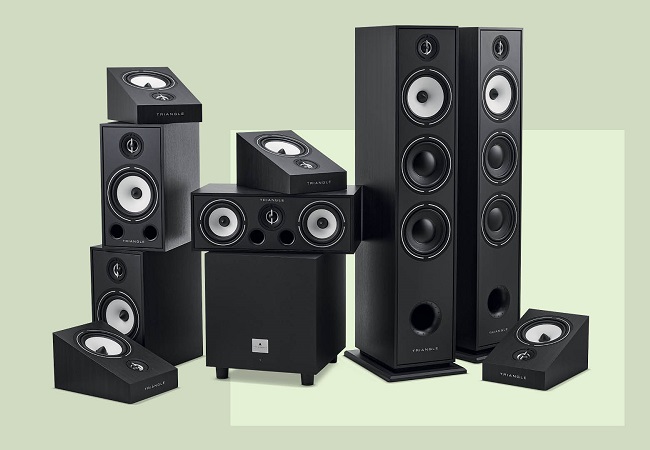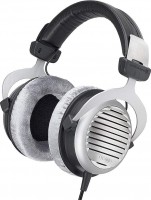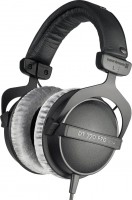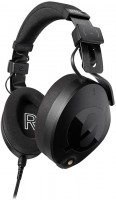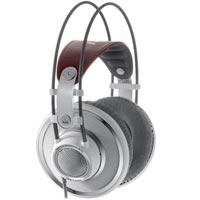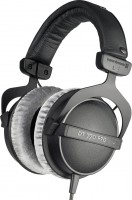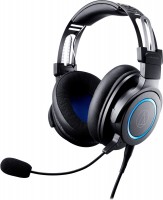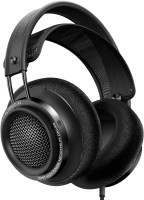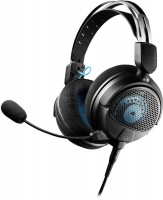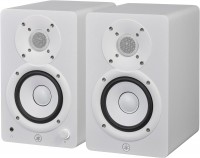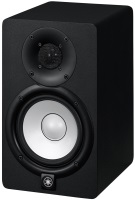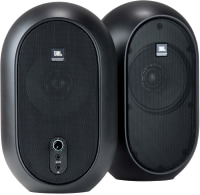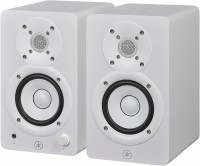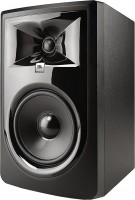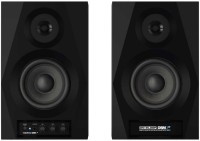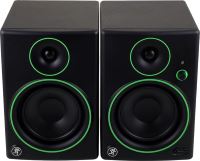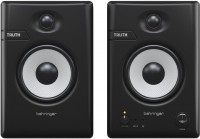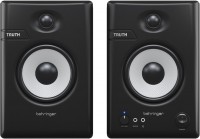Pioneer DM-40
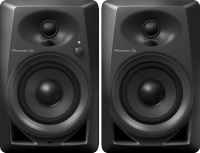 |
Pioneer DM-40 | |||||||||||||||||||||||||||||||||||||||||||||||||||||||||||||||||||||||||
|
| ||||||||||||||||||||||||||||||||||||||||||||||||||||||||||||||||||||||||
Always clarify the specifications and configuration of the product with the online store manager before purchasing.
Catalog Pioneer 2025 - new arrivals, bestsellers, and the most relevant models Pioneer.
Buy Pioneer DM-40
Pioneer DJ DM-40BT-W 4" Bluetooth Desktop Monitor Active Speak... Studio | $199.00 | ||||
Pioneer DJ DM-40BT 4 Inch Desktop Monitor with Bluetooth - WHITE | $199.00 | ||||
Pioneer DM-40-W | $259.00 | ||||
Pioneer DM-40BT-W | $189.00 | ||||
Universal couple
Pioneer caught the trend in EDM music and "digital" DJing in time, displacing Technics / Panasonic from the pedestal of the main manufacturer of DJ equipment. Now the wind is blowing the other way, so Pioneer is trying to find common ground with the rapidly growing army of home producers, releasing studio headphones and monitors. One of the most popular models in the assortment of the company was the little Pioneer DM-40, which quite famously built bridges between studio, DJ and monitor acoustics.
Design matters too
First of all, they look cool. Pioneer understands that you won’t be fed up with frequency response graphs alone, so they approach design with all seriousness. The DM-40 has a wooden case, so both monitors turned out to be quite weighty for their size. A 4-inch fibreglass cone driver is responsible for low-frequency reproduction, and small dome tweeters made using the same DECO technology as in more expensive TAD monitors are responsible for high-frequency reproduction. That is, it is easier to find the optimal listening point. On the front panel, phase inverter ports are placed. Powering all this goodness is a common class A / B amplifier, delivering 42 watts of power (21 watts for each monitor). Despite their limited power, these babies are screaming bless you and introduce very little distortion even at 90% of the total volume.
Sound versatility
The second thing you'll notice when you put some music on them is nice, full-bodied, well-accented bass. You don’t expect such tricks from 4-inch crumbs, the “basheads” will be happy. The middle and top also sound clean and distinct, no booming, “sand” and other unpleasant overtones. On the other hand, the frequency response is very far from linear, so the transferability of mixes on such monitors is far from optimal, and comparisons with bassy, but not very accurate KRK Rockit monitors immediately come to mind. If you are looking for monitors primarily for critical listening, then it is better to pass by, the conditional Presonus Eris E3.5 will be better suited for monitoring. In addition, they have, albeit a simple, but still working sound correction system. The Pioneer DM-40 has nothing on the rear panel other than a volume knob and audio outputs. As we predicted at the beginning, this couple stands out for their versatility, so they will have to go to the yard both in the DJ booth and on the stands in the studio, but neither there nor there will give a 100% return. Although, what else to ask for at a price of about $ 200 per pair?

